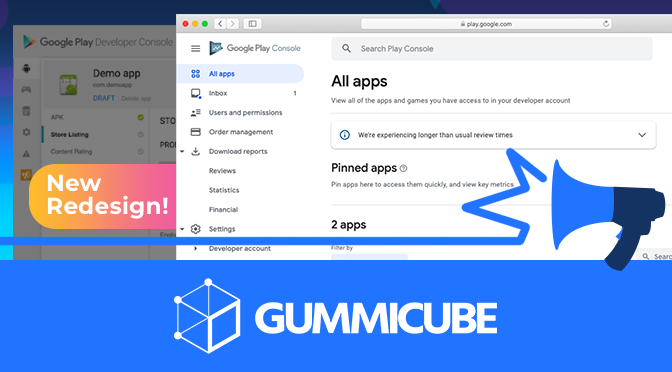
App Store Holiday Schedule 2020
Posted on November 23rd, 2020
When is the App Store Holiday Schedule 2020? Learn about the dates of this year's shutdown and how to prepare.

At WWDC Apple announced that the App Store will be completely redesigned in the Fall of 2017. It seems that from the changes that are being made, Apple’s goal is to help improve the overall discoverability of content by breaking Games out from apps as well as highlighting more unique editorial handpicked content. This change is a very strong indicator that Apple feels that Games as a category is becoming more dominant and needs its own spotlight. Games account for 81 percent of the App Store’s revenue, meaning the separation of games from apps will help level the playing field. This change will allow apps in other categories to have a chance to flourish in the top charts that have consistently been dominated by games for years. Another interesting twist from the announcement issued along with iOS 11 is that top charts will be moved off the home page where it previously existed under its own tab. Top charts will now be moved to an area within the respective category tabs, Games and Apps. Moving top charts out of the homepage marks a paradigm shift on how Apple views discoverability. This shift will push users away from finding apps via charts, ushering in greater discoverability through search and editorial placement. But what does moving the top charts further inside the App Store mean for developers? It means that the death of “chart boosting,” a technique used by some developers to manipulate their chart ranking and downloads, is going to accelerate. With charts having less exposure, the ROI from these kinds of activities will likely plummet. When the App Store launched and Apple’s ecosystem was still growing, top charts were the main way in which users discovered apps. This caused developers to prioritize chart boosting over other marketing methods. As the ecosystem matured, the number of users that discover apps through charts has dropped to under 25 percent, while 65 percent of apps are now found through App Store searches. This shift has helped make chart boosting significantly less relevant, especially at a CPI of $1 to $5 per download. Chart boosting is expensive with a whopping 40,000 downloads needed a day to rank in the top 25. With Apple moving top charts out of the home page, and announcing that search is the largest channel for app discovery and downloads, developers must start embracing organic and building a more sustainable marketing strategy. Nearly all marketing efforts need to start at the organic level, making ASO essential for a cost-effective app rollout. App Store Optimization helps developers keep up with the latest trends, boost visibility through keyword ranking and optimize creatives to increase conversion. By employing ASO best practices for the launch of an app, developers can create a more impactful marketing push, helping apps appear more frequently when users are searching for related keywords. Using ASO best practices can drive more users to click “Get” when they see the feature they are looking for. If an App Store user is specifically looking for a meditation app, will they scroll through Top Charts to find one? No. They will directly search keywords such as “meditation apps” and glance trough the listings for the app that best represents what they are looking for. Developers must let go of chart boosting and focus on the future by embracing ASO to heighten visibility and improve conversion in the new world of iOS 11.

When is the App Store Holiday Schedule 2020? Learn about the dates of this year's shutdown and how to prepare.

Apple's App Store Guidelines have strict privacy requirements. Developers now must provide information to users on the App Store listing regarding the data they access.

The Google Play Developer Console has been updated with a new design and adjusted tools. What's different, and how will it impact App Store Optimization?